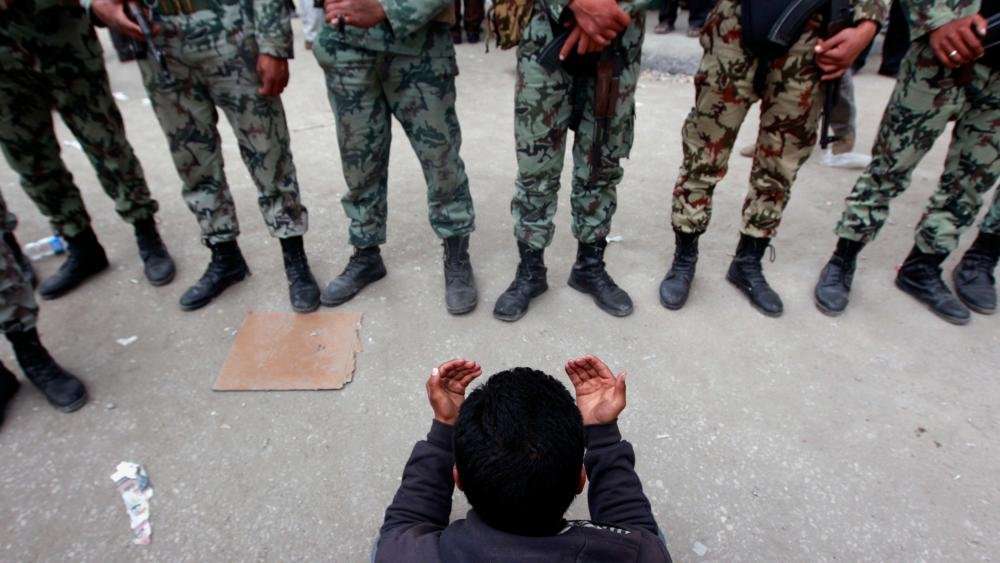Over the past three years, the world has witnessed a surge of nonviolent resistance movements. Pictures of huge demonstrations in public squares have become a staple of international news broadcasts, and Time named “the protester” as its Person of the Year for 2011. These days, it seems that at any given moment, thousands of people are mobilizing for change somewhere in the world.
But these movements have varied widely in terms of their duration, their success, their ability to remain nonviolent, and their cost in terms of human life. Building on years of intermittent protests and strikes, Tunisians toppled Zine el-Abidine Ben Ali, the dictator who had ruled their country for 23 years, after a sustained period of 28 days of protests beginning in December 2010. Between 300 and 320 Tunisians civilians died in the upheaval, all of them killed by police or security forces. Weeks later, Egyptians ended Hosni Mubarak’s three-decade reign after a decade of lower-level opposition and civil resistance culminated in 18 days of nonviolent mass demonstrations -- but Mubarak’s security forces killed around 900 people in the process. In Libya, scattered protests against Muammar al-Qaddafi that began in February 2011 quickly became an armed rebellion. NATO soon intervened militarily, and within nine months, Qaddafi was dead and his regime demolished, but between 10,000 and 30,000 Libyans, according to various estimates, had lost their lives. In Syria, Bashar al-Assad brutally cracked down on mostly nonviolent demonstrations against his rule between March and August 2011, killing thousands and setting in motion a civil war that has since resulted in over 150,000 deaths and the displacement of around nine million people. Most recently, in February, Ukrainians ousted President Viktor Yanukovych after three months of mass civil resistance and occasionally violent protests. Around 100 Ukrainian protesters died during the clashes between demonstrators and riot police -- fewer than in most of the confrontations of the Arab Spring in 2011. But Russia’s response to Yanukovych’s overthrow -- seizing the Ukrainian territory of Crimea and attempting to destabilize the eastern parts of Ukraine --
